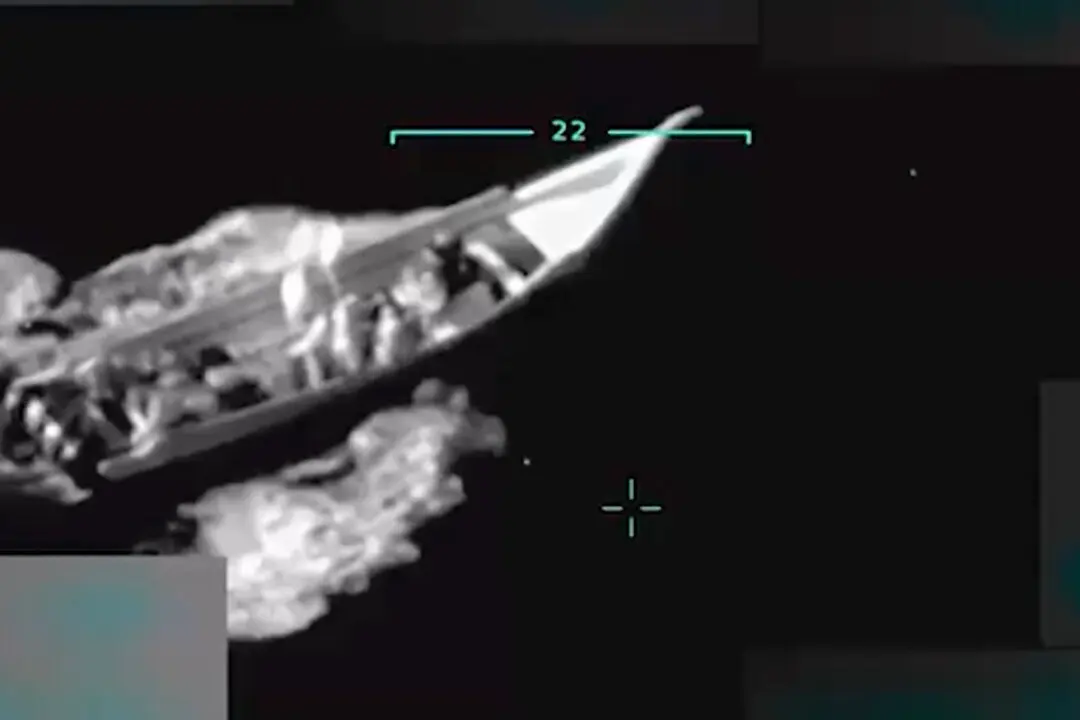Jon T. Kosloski, the new director of the Pentagon’s All-domain Anomaly Resolution Office (AARO), which studies unidentified anomalous phenomena (UAP)—formerly known as UFOs—testified to the U.S. Senate on Nov. 19 and discussed cases that the military believes it has solved and others it has not.
The hearing, hosted by the Senate Armed Services Committee under Sens. Kirsten Gillibrand (D-N.Y.) and Joni Ernst (R-Iowa), addressed the national security concerns of UAPs, several cases that AARO has investigated, and questions about transparency with the American public.





